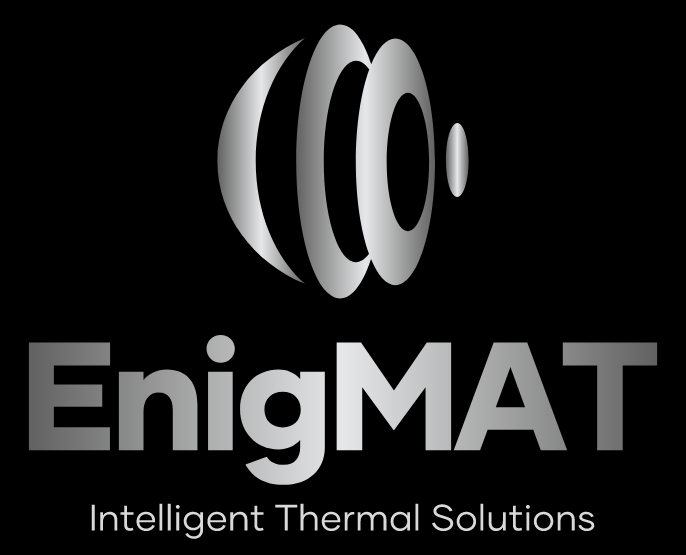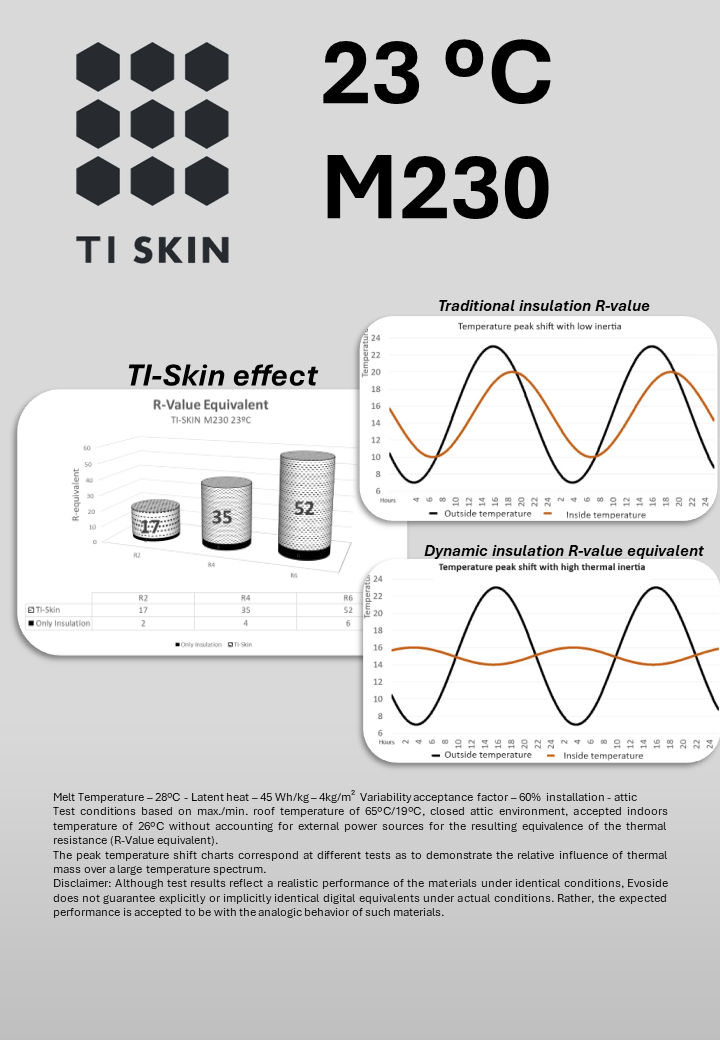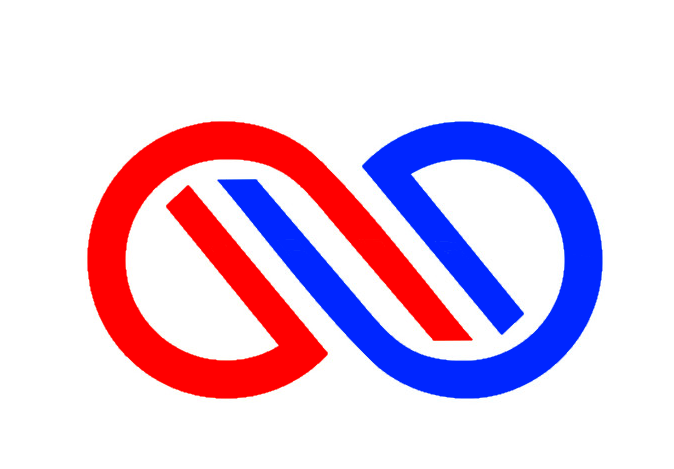

Product Information
Beyond insulation: natural management of ambient
energy
Cutting-edge
engineering in building construction
EnigMAT - towards comfort regulation
without adding energy.
The RE2020 has
3 main objectives:
1.
Encourage
energy sobriety and efficiency:
- New housing - NZEB - France RE2020-compliant insulation - reduction or total elimination of heating and cooling
- Renovation of dwellings
- RE2020 compliant
- Reduction or total elimination of heating and cooling
- Renovation and new housing
- RT2012 compliant
- Reduction of heating and cooling requirements by 30 to 80%.
- Applications: housing: apartments, houses, EHPAD, retirement homes, stores, hotels and restaurants, supermarkets, offices, administrative buildings
- 2. Reduce the lifecycle carbon impact of new buildings by encouraging greater use of renewable energies and bio-sourced materials:
- EnigMAT brings comfort and energy autonomy closer to reality.
- EnigMAT uses only natural, inert materials, except for a recyclable HDPE protective film. Active life of active materials over 50 years
- In the renovation of protected buildings, the use of EnigMAT can reduce the thickness of interior insulation by up to 50%, thus increasing the usable surface area.
- Non-combustible, non-toxic, hydrophobic, no evaporation of plasticizers or VOCs
- 3. Maintain buildings cool in hot weather:
- -EnigMAT stores the coolness of the night and absorbs the heat of the day. It reflects up to 95% of incoming heat, preventing the interior from heating up.
- Greatly increased thermal resilience, allowing a large temperature difference between indoors and outdoors over a long period during the daily cycle.
Thermal Conductivity on EnigMAT
The case of EnigMAT for renovation of protected buildings
Europe is a continent with a very
rich architectural culture. Its cities display buildings of immense exuberance
and wonders of the European imagination. Many of these buildings are protected
from outside alterations for the obvious reasons that led to these protections.
They were almost all built or rebuilt when energy consumption was not a
priority.
Today, in the European Union, the
transaction or rental of a fraction of these buildings requires an improvement
in energy performance, where most of the time, the maintenance of comfort
temperatures is the largest share of energy costs.
Wall insulation is the solution.
But using 16 to 20 centimeters of the interior surface to achieve a compliant
performance becomes economically very expensive given the cost per square meter
of these buildings.
The solution is to use an
innovative product, unique in the world market, which reacts organically
(without any electrical or mechanical connection like the skin that covers the
body), increasing the resilience of the buildings, i.e. the ability to adapt to
outdoor conditions while maintaining the indoor environment unchanged.
EnigMAT uses ART (Active Resilience
Technology) to multiply the efficiency of conventional insulations and thus
reduce the total thickness of the insulation. With less than 1 centimeter
thickness, EnigMAT rejects most of the thermal fluxes entering or leaving the
walls (or floors) of the buildings. In a second stage, EnigMAT stores the heat
(incoming or outgoing) and uses it or relaxes it when the interior temperatures
need it.
Reductions of 40 to 50% of the
total wall insulation thickness can be achieved in most cases. Depending on the
location (city), the total cost of renovation materials for energy efficiency
can be offset by the gain in usable surface area saved.
An environmentally friendly,
non-toxic and non-combustible solution, easy to apply and with a service life
in excess of 50 years. Designed especially for the passive maintenance of
indoor temperatures with high resilience to outdoor conditions, it offers
architects, engineers, developers and homeowners a wide flexibility in the use
and management of existing natural energy before the need to add or reduce
indoor energy levels.
Thermal insulation of buildings no longer has to be a
passive variable. EnigMAT is also active insulation.

The case of EnigMAT for thermal resilience in buildings
In individual dwellings, energy and
comfort levels can be adapted to budget levels in many cases when insulation
and efficient glazing is already existent. But, in buildings of multiple users
and multiple uses, the situation is aggravated in winter and in summer.
The case of retirement homes:
users are weaker even when healthy and are more prone to illness due to
temperatures outside the comfort range. Statistics show increases of deaths in
winter and especially in summer due to low or high temperatures for long
periods. Conventional insulation alone does not reduce the prolonged convergence
of indoors with outdoors temperatures.
EnigMAT works by repelling most
heat radiating from outside to the inside of the buildings during the daytime
and absorbs the remaining heat until its storage capacity is filled, but it
continues to add insulating capacity to the conventional type of insulation. At
night with a small temperature difference EnigMAT releases that excess heat to
the outside and thus being ready to renew the cycle on the following day.
The critical capacity of EnigMAT on
these cycles is that it tends to keep the indoors temperatures at the programmed
for a very long time, depending on the amount of product applied. This specific
characteristic of EnigMAT allows for temperatures within the range of comfort and
tolerance for those retirement homes without any supplemental energy usage or if
needed very reduced. This is a net increase in the capacity of the buildings to
resist outside conditions or resilience.
The case of schools:
schools change energy needs within an hour period. A classroom with 25 students
during a course may have 15 or 35 students the following hour. In winter or in
summer, the heat storage capacity of EnigMAT will enable healthy ventilation
during the brakes without significant loss or gain of temperatures (energy).
Again, the reflective properties of EnigMAT prevent the conventional insulation
of being overcharged with its own need to resist the transfer of heat,
especially in summer. This means that there is a significant increment of
thermal resilience of every single classroom in the school.
During the winter, the heating
system is usually turned to a lower temperature to save energy during the nighttime
and during the weekends. It should not be turned off since the building thermal
inertia will force a greater energy consumption to get everything operational.
During the winter breaks and weeklong vacations, the heating system must continue.
EnigMAT will smooth out the peaks and provide for a greater resilience and thus
saving energy without letting the idle maintenance temperatures lowering and
rise as much.
EnigMAT greatly increases the thermal resilience of buildings. SWICH multiplies the insulating capacity of conventional isolation materials
and actively shifts the daily heat cycles phases.

The case of EnigMAT for the reaction with water
The technical community linked to
the use of inorganic Phase Change Materials in buildings have long realized
that the materials and sealing processes of the envelope is of critical
importance. Post application leakage is a major issue not only for the
reduction of performance but also for eventual damages caused by the liquified
PCM droplets on whatever is covering or protecting it. Furthermore, it is often
difficult to detect those leaks when the PCM material is in the solid state.
A further disadvantage of most
inorganic PCM is that they crystalize with sharp pointy needle like formations
which tend to perforate the envelope with microscopic pinholes. With the daily
cycling of the materials, disaster is always close by and seldom avoidable.
EnigMAT does not form needle like crystals.
One of the basic features of Salt
Hydrate based PCMs is that they all depend on a precise water /salt ratio which
needs to be maintained. Another interesting feature of salts are that they are
often hygroscopic or hydrophobic. This means that they aggressively either pull
moisture in from ambient or try to repel moisture and dry out. Either of these
causes a change in the necessary salt/water ratio, which leads to degradation
of the PCMs performance and ultimately, failure. SWICH solved the problems of
moisture migration in and out of the salts by encapsulating them in an
extremely low WVTR (water vapor transmission rate) flexible film, which is then
heat-sealed. This laminate film includes multiple layers of aluminum foil,
which further enhance its moisture barrier credential. Also, an additional
amount of salt was added to the formulae, which are hygroscopic, and a small
amount of water is added to the hydrophobic formula to make up for any amount
of moisture loss or gain that could happen over the years.
SWICH will not leak the liquid PCM and if a pocket
happens to be punctured, SWICH will turn into a dry inert powder instead on
continuously attract humidity and drip menacing water droplets.
#insulation #PCM #energy_savings
#thermal_comfort #thermal_mass

